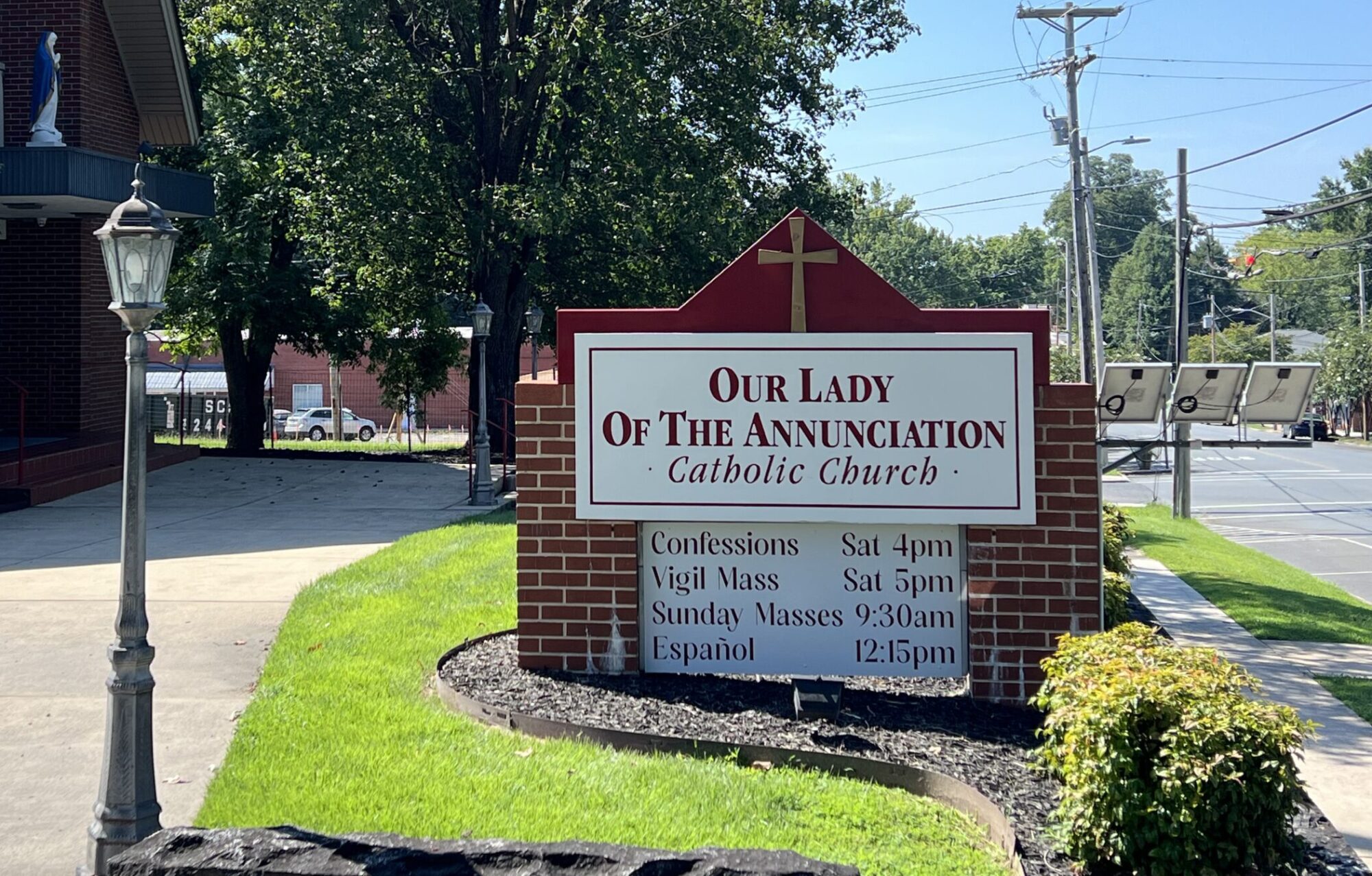Saint of the Day – November 13 – Saint Didacus (Diego)
Saint of the Day – November 14 – Saint Laurence O’Toole
Bl. John Licci pray for us!
Saint of the Day – November 15 – Saint Albert the Great
St. Albert the Great pray for us!
Saint of the Day – November 16 – Saint Gertrude the Great
St. Gertrude the Great pray for us!
Saint of the Day – November 17 – Saint Elizabeth of Hungary
St. Elizabeth of Hungary pray for us!
